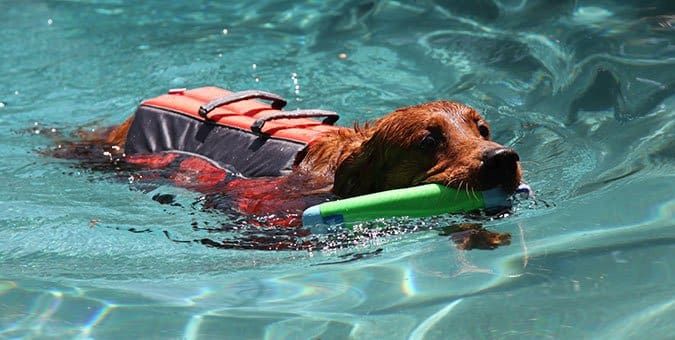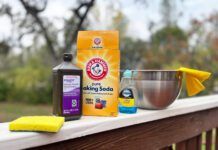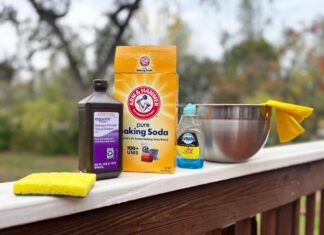We’ve had some intense heat in California lately, and lots of dog owners are taking their dogs to pools, lakes, rivers, and the coast to cool off. Allow me to remind you about several water-safety tips to keep in mind:
Too much can be a bad thing.
“Water toxicosis” can affect any dog who drinks too much in the course of swimming, dock diving, fetching toys from water, biting at a sprinkler, or any other activity that involves water. When dogs are hot or particularly excited, they may drink even more. If you notice your dog drinking more than seems necessary – especially if you notice him wobbling, vomiting, or seeming suddenly lethargic, have him take a break in the shade for a while, until his body can catch up and eliminate some of that excess. See https://www.whole-dog-journal.com/care/water-intoxication-in-dogs/
Use life jackets.
Even good swimmers can get fatigued. It goes without saying that any dog on a vessel at sea should be wearing a canine PFD, but even dogs on river rafts, canoes, paddleboards, and kayaks should be wearing one, especially in swift water, anywhere that they can be swept into a hazardous zone (rocks, overhanging trees or bushes), or if they are going to be out on the water all day and may grow tired. See our recent review of life jackets for dogs in the July issue of WDJ.

Look out for toxic algae.
Blue-green algae thrive in warm, shallow water. While algae may be present throughout the year, it is only when there is an extensive “bloom” that problems occur. Most blooms occur in late summer or early fall, but they can occur earlier as well, particularly when the weather is unusually warm and dry. Toxic algae can be blue, bright green, brown, or red. The component of the algae that produces toxins is called cyanobacteria.
Signs of toxicity in dogs may start with lethargy, followed by vomiting and diarrhea. Tremors and seizures can occur almost immediately. Additional signs range from excess salivation, skin irritation, and pale gums to severe respiratory, circulatory, or neurological disorders. Convulsions and death can occur as little as four hours after exposure. Treatment may include fluids to prevent dehydration, diazepam (Valium) to control seizures, atropine to counteract the poison, charcoal to absorb toxins from the stomach, and adrenaline to help counteract respiratory failure.
Prevention is the best course of action. Keep your dogs away from stagnant water in warm weather, particularly if you notice any of the following:
- The water looks like green paint or pea soup, or is cloudy with a green, yellow, or blue-green hue.
- It smells swampy or musty.
- You see what looks like foam, scum, or mats on top of the water.
If contact occurs, prevent your dog from licking his feet or coat, and wash him off thoroughly with clean water as soon as possible. If you suspect problems, contact your vet immediately. If your dog becomes ill, be sure to notify authorities so that warning signs can be posted to protect other pets and people. See https://www.epa.gov/nutrient-policy-data/cyanobacteriacyanotoxins for more information.






